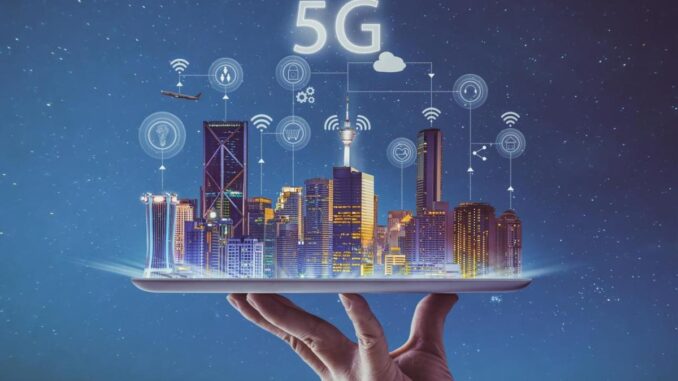
5G Post-Quantum Cryptography refers to the integration of quantum-resistant cryptographic algorithms into the 5G telecommunications framework.
With the rise of quantum computing, there is a concern that traditional cryptographic methods (like RSA and ECC) may become vulnerable to attacks conducted by sufficiently powerful quantum computers. This potential threat necessitates the development and integration of cryptographic techniques that remain secure in a post-quantum world.






### Key Concepts and Aspects:
1. **Quantum Computing Threat**:
– Quantum computers can solve certain mathematical problems much faster than classical computers. For instance, Shor’s algorithm can factor large integers and compute discrete logarithms in polynomial time, breaking widely-used public key cryptography.
2. **Post-Quantum Cryptography (PQC)**:
– PQC refers to cryptographic algorithms that are designed to be secure against the capabilities of quantum computers. These include lattice-based, hash-based, multivariate polynomial, code-based, and other approaches.
3. **5G Infrastructure and Security**:
– 5G networks handle vast amounts of sensitive data and require robust security measures. The implementation of PQC is critical to ensure data integrity, confidentiality, and authenticity in the face of potential quantum attacks.
4. **Standardization Efforts**:
– Organizations like the National Institute of Standards and Technology (NIST) are actively working on standardizing post-quantum cryptographic algorithms. Their ongoing competition has led to the identification of potential candidates for widespread adoption.
5. **Hybrid Approaches**:
– During the transition period to full PQC deployment, hybrid cryptographic systems that combine traditional cryptographic algorithms with post-quantum algorithms may be implemented to provide enhanced security.
6. **Implementation Challenges**:
– Integrating PQC into existing 5G infrastructure poses several challenges, including:
– Compatibility with existing protocols.
– Performance and efficiency of new algorithms.
– Scalability across diverse devices and applications.
7. **Use Cases**:
– Secure communications, IoT device security, authentication, and key exchange mechanisms within 5G networks can benefit from PQC algorithms, ensuring long-term security against quantum threats.
8. **Future Considerations**:
– As quantum computing technology advances, maintaining forward secrecy and updating protocols to utilize the best available PQC solutions will become increasingly important for securing not just 5G networks, but all aspects of digital communication.
### Conclusion
The intersection of 5G technologies and post-quantum cryptography presents a critical area of research and development. It is essential for organizations and governments to plan for a post-quantum era, ensuring that telecommunications infrastructure is resilient against the future threats posed by quantum computers. Successful implementation will require collaboration among industry stakeholders, researchers, and standardization bodies to create secure and effective solutions.


Leave a Reply